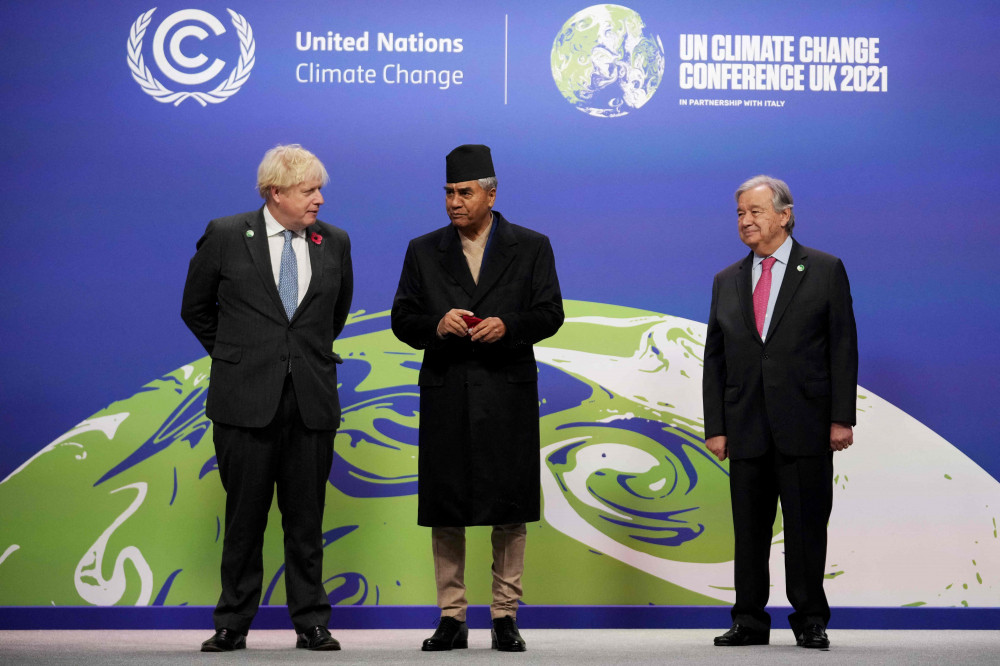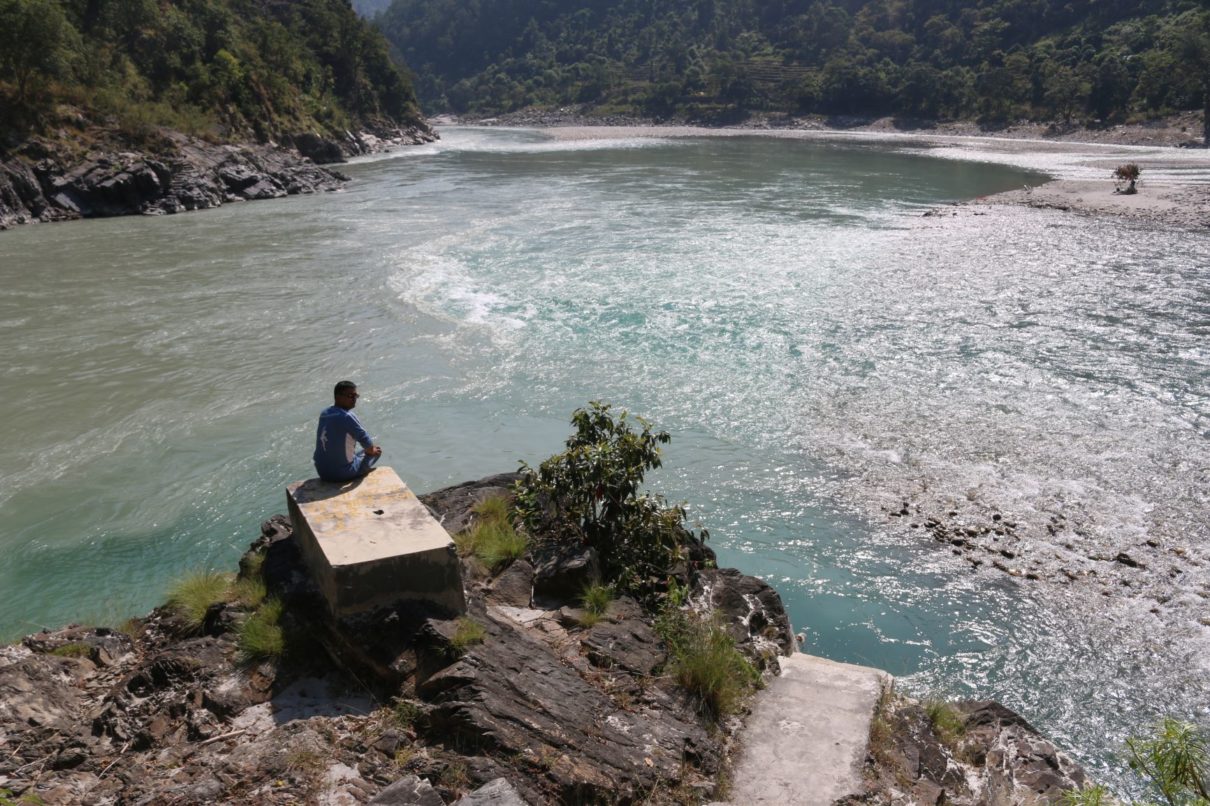Nepal has set four main agendas to present at the COP27 that takes place in Egypt later this week. Climate change adaptation and reduction, climate finance, specific issues of mountain region, and financing for climate losses and damages will be the priorities, according to the Oct 23 media briefing by the Ministry of Forest and Environment.
The government has also released a press note on its intent to call for a global pledge on dedicated financial facilities for loss and damage caused by climate change and locally led adaptation principles. In last year’s climate conference, Nepal had submitted a research report on loss and damage attributed to climate change.
“Relying on that document, we have framed our issues and will prioritize them,” says Megh Nath Kafle, spokesperson at the ministry. Nepal has been demanding $50bn annually as climate finance. To date, there is no exact figure as to how much funds Nepal has been getting as climate finance. Kafle says climate finance is a cross-cutting issue, where many areas overlap and interlink. “There are no clear stats on how much we are getting in climate finance. The ministry is planning to maintain real data so that we can claim our share of climate finance.”
During the COP26 held in Scotland, Nepal announced to remain cumulatively ‘net zero carbon’ from 2022-2045 and become carbon negative after that, halt deforestation and increase forest cover to 45 percent by 2030, and ensure all vulnerable people are protected from climate change by 2030.
Prime Minister Sher Bahadur Deuba also urged world leaders to recognize specific climate vulnerability of the high mountains and prioritize the mountain agenda in all climate-related negotiations. He said that keeping global temperature rise to below 1.5° Celsius was vital for the mountain people.
Madhukar Upadhya, an environmentalist and climate change expert, says Nepal’s commitments and appeals for climate action on international platforms are irrelevant. “The likes of Pakistan and Bangladesh have been much more effective in highlighting their plight in international climate forums than Nepal,” he adds. “Those countries too have internal political conflict, yet they lead the international platforms like COP.”
According to the reports presented by the Nepal government, melting glaciers, erratic and unpredictable weather conditions, changing rainfall patterns, and increasing temperatures are impacting Nepalis. But the government has failed to draw the attention of global communities on these issues. Nepal has been raising its climate-related issue through the group of Least Developed Countries (LDC) on climate change. The group comprises 46 countries that are especially vulnerable to climate change but have contributed the least to the phenomena.
Nepal is also a member of the G-77 group on climate change issues. Climate experts like Upadhya are of the view that Nepal’s climate diplomacy through the LDC group and G-77 is not yielding results. Instead of only relying on these platforms, they recommend that Nepal take the initiative to lead the mountain agenda by bringing all mountainous countries.
Nepal’s climate agenda COP22 (Morocco, 2016) 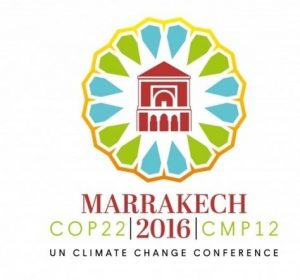
- Informed that Nepal ratified Paris Agreement
- Associated with the statements made by Thailand on behalf of G77 and China and Congo on behalf of the Least Developed Countries
- Informed that the government prioritizes accessing and managing climate finance, upscaling of renewable energy, building adaptive capacity and resilience and implementing mitigation actions to achieve sustainable development goals
- Over 80 percent of the climate finance to local level with a dedicated climate change budget code
COP23 (Germany, 2017) 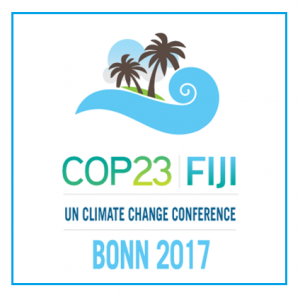
- Urged the global leaders to implement key areas of Paris Agreement
- Sought funding support from the global community while also urged to raise relevant funding and support for calamity-vulnerable countries
- Sought developed countries’ contribution of $100bn per year by 2020 as agreed upon during the Paris COP21
- Raised questions on adaptation, mitigation measures, means of implementation and cross-cutting agendas like climate and gender
COP24 (Poland, 2018) 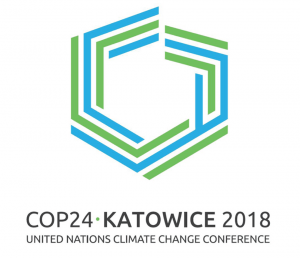
- Reported the good practices that has been carrying out to support the economic status of the local people affected by climate change as well as in the areas directly related to their livelihoods such as protection of forests, soil conservation, water management, agriculture, fruit cultivation, and livestock farming
- Raised the issues that will contribute to the concept of ‘Prosperous Nepal, Happy Nepali’ that the government had brought
- Highlighted the adverse impact of climate change on the economy of the Himalayan region as well as relating this to the marine economy
- Pursued issues related to agriculture, biodiversity, development infrastructure, and technology transfer among other topics
COP25 (Spain, 2019) 
- Prioritized three areas considering the unique needs and circumstances of the fragile mountainous region: climate finance, technology transfer, and sharing of best practices
- Encouraged the parties to come up with ambitious NDCs by 2020 in both adaptation and mitigation measures so that the objectives of the Paris Agreement can be achieved by the stipulated time
- Engaged in discussions of loss and damage, technology development and transfer, transparency, capacity building, climate finance, as well as formal and informal networks
- Requested to implement Article 6 of Paris Agreement with the assurance that financing will be provided and technology transfers will occur to benefit the least developing countries (LDCs), to make them more climate-resilient
COP26 (Scotland, 2021) 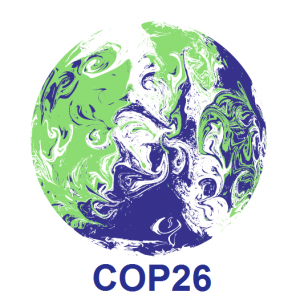
- Called for recognizing the mountains’ climate vulnerability highlighting that around 80 percent of Nepal’s population is at risk from natural and climate-induced hazards and in the last 40 years, natural disasters have caused close to $6bn in physical and economic damage in Nepal alone
- Announced that emit ‘no net’ carbon between 2022 and 2045 and become carbon negative after
- Committed to halt deforestation and increase forest cover to 45 percent by 2030
- Urged the parties to agree on a clear roadmap for a new collective, quantified and ambitious goal on climate finance before 2025

